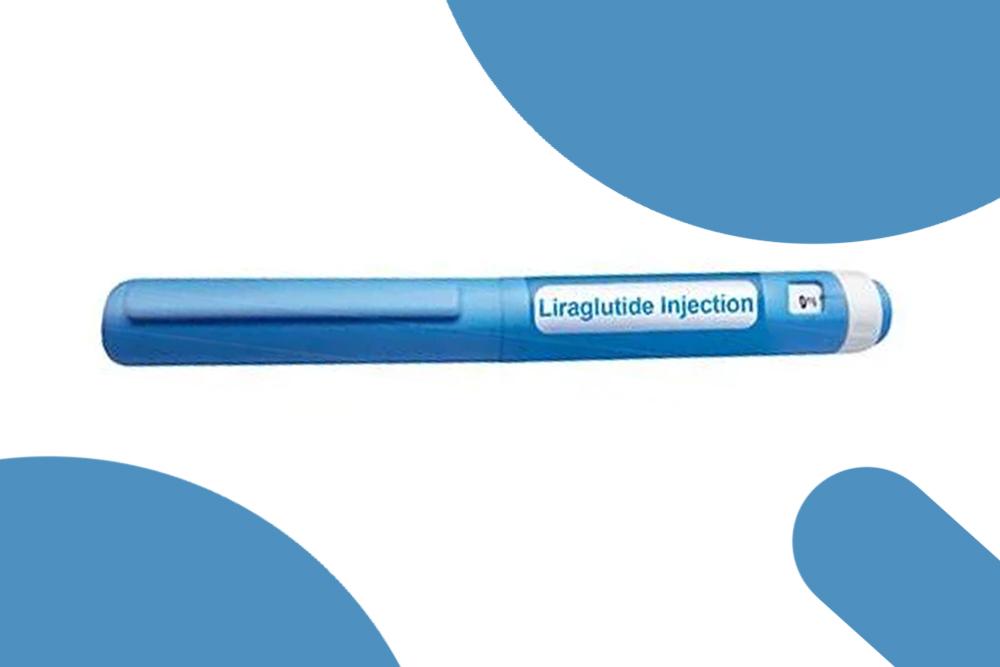You’ve been counting calories, hitting the gym, going for runs, and doing everything “right,” but the fat doesn’t seem to budge. With so much hype about weight-loss drugs (some hyped as “miracle” solutions), it’s tough to know what actually works. One that has been well-studied is liraglutide, a daily injection that, when used in conjunction with diet and exercise, causes adults to lose approximately 8% of their body weight in a year (New England Journal of Medicine). But more recently developed drugs are making even larger claims. But you don’t have to sort the data alone. Below is a clear, section‑by‑section look at how liraglutide compares with the rest of today’s weight‑loss options—so you can walk into your provider’s office with facts.
Note: Liraglutide has been FDA‑approved for chronic weight management in adults since December 2014 and, following a supplemental approval, for adolescents aged 12 years and older since December 2020, when used alongside reduced‑calorie diets and increased physical activity.
The Prescription Toolbox for Obesity
Today’s weight-loss medications fall into four main categories, each working in a different way:
- GLP‑1 agonists (liraglutide, semaglutide) that slow digestion and reduce hunger signals in the brain.
- Dual incretins (tirzepatide) target both GLP-1 and GIP hormones for stronger appetite control.
- Brain-Focused Pills (e.g., Qsymia®, Contrave®) – Affect appetite and metabolism through brain pathways.
- Fat Blockers (e.g., Alli, Xenical) – Prevent fat absorption, resulting in fewer calories consumed.
Liraglutide: Mechanism, Dosing, Typical Results
Liraglutide mimics the gut hormone GLP-1, delays stomach emptying, lowers peaks in blood sugar after meals, and triggers fullness signals to the brain. It is administered as a once-daily subcutaneous injection, with dose titration to 3 mg. In the pivotal 56-week SCALE trial, adults shed a mean of 8% of their body weight (approximately 8.4 kg), compared to only 2.6% on a placebo. Advantages include its established safety history and FDA clearance for use in adolescents as young as 12 years old. But drawbacks include the daily injections, weight loss tending to plateau at single-digit percentages, and gastrointestinal side effects such as nausea (incidence 40-45% among users).
Now, let’s have a look at other weight loss options and how they compare to Liraglutide:
Liraglutide vs Semaglutide (Wegovy®/Ozempic®)
In one trial, those who took semaglutide (Wegovy/Ozempic) lost a median of 15.8% of their body weight, whereas those on liraglutide lost 6.4%—a significant difference.
Why?
- Longer-lasting action: Semaglutide remains active for so much longer, suppressing appetite more consistently.
- Fewer shots: Semaglutide is administered once a week, whereas liraglutide is given daily.
- Side effects: Both can cause stomach issues (like nausea), but semaglutide may be slightly worse when increasing doses.
If you’re aiming for greater weight loss and prefer weekly doses, semaglutide is the stronger choice, but insurance coverage can be trickier.
Liraglutide vs Tirzepatide (Zepbound™/Mounjaro™)
Tirzepatide is a powerful weight-loss agent. It targets two hunger hormones(GLP-1 + GIP), making you feel fuller for longer and enhancing blood sugar management.
Side effects such as nausea and diarrhea are frequent but generally tolerable—most people hold the course. Long-term evidence also indicates most users maintain the weight loss, with less than 5% regaining after three years.
If you desire near-surgery-level outcomes without the surgery, Tirzepatide is an effective choice—just look at cost and long-term safety.
Liraglutide vs Oral & Combination Pills (Qsymia®, Contrave®, Orlistat)
Compared with liraglutide’s 8 % and semaglutide/tirzepatide’s double‑digit numbers, older orals can help—but usually demand stricter lifestyle alignment and have tolerability quirks (think bathroom emergencies for orlistat or tingling fingers with phentermine/topiramate).
Which Medication Should You Choose?
Dual‑incretins like Tirzepatide show the highest average weight‑loss percentages, and weekly semaglutide offers a strong middle ground with convenient dosing. However, clinical decision‑making isn’t simple. Safety record length, insurance coverage, age indications, and personal tolerability can outweigh raw potency numbers. That’s where liraglutide often claims a practical advantage:
- Proven track record: Over a decade of real‑world data—including pediatric approval down to age 12—gives providers more confidence in long‑term safety monitoring.
- Predictable insurance pathways: Because it’s been on the market longer, many payors have clearer prior‑authorization criteria or grandfathered coverage for Saxenda® or its compounded equivalents.
- Daily micro‑dosing flexibility: Smaller, incremental dose adjustments make it easier to dial back if nausea flares, rather than jumping in 2‑mg or 5‑mg weekly increments.
- Smooth off‑ramp: Patients who eventually transition to maintenance (or pregnancy planning) report fewer rebound cravings than with more aggressive agents, likely because weight loss is steady, not steep.
If you need a medication with the strongest safety pedigree, manageable cost, and moderate yet reliable weight loss—especially for teens or those with complex medical histories—liraglutide remains a smart first‑line or “step‑up” choice. Discuss your unique goals, health profile, and budget constraints with a qualified clinician to decide whether starting with liraglutide or moving directly to a newer agent makes the most sense for you.
Ready to Slim Down? Start with Liraglutide Today
Our physician‑guided Liraglutide Weight‑Loss Program combines medical expertise with personalized nutrition and lifestyle coaching, so you’re never tackling the scale alone. Take the first step today and book your confidential consultation with us to know more.


